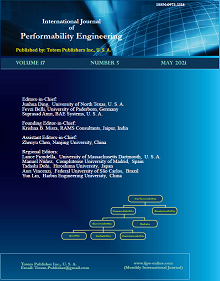-
Design Principles and Best Practices of Central Bank Digital Currency
- Dongcheng Li, W. Eric Wong, Sean Pan, Liang Seng Koh, and Matthew Chau
-
2021, 17(5):
411-421.
doi:10.23940/ijpe.21.05.p1.411421
-
 Abstract
Abstract
 PDF (788KB)
PDF (788KB)

-
References |
Related Articles
Central bank digital currency (CBDC) is the digital representation of a specific country's currency that is issued by the government of that country. It is a virtual representation of the currency in the form of a digital token based on Decentralized ledger technology (DLT). The growing interest in cryptocurrency and the declining need for cash in payments have paved the way for CBDC since they offer solutions to the problems created by conventional cash. However, CBDC is still in its infancy and developing; not many countries have invested in this. This paper covers 14 CBDC projects and analyzes them according to different factors such as availability, operating model, transactions, architecture, framework, anonymity, and security. As the current work undertaken on CBDC is in the exploration stage, the analysis could be subject to change with time, as new technology and techniques emerge. In this study, various scholarly articles and reports were used to gain information about the current trend of CBDC and their different projects. Furthermore, we have examined the essence of a CBDC.

